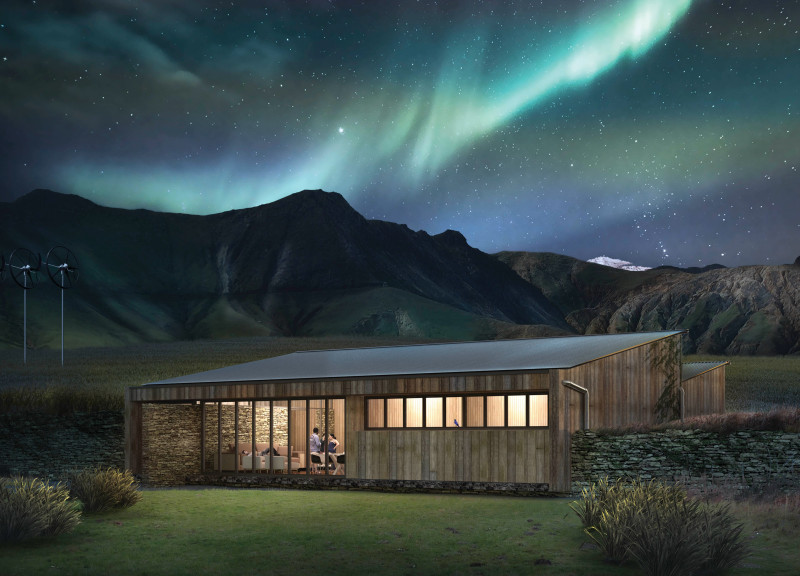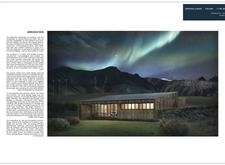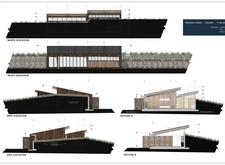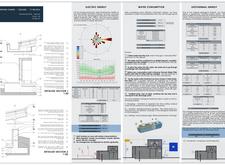5 key facts about this project
The cabins provide communal and private spaces, catering to the needs of groups or families. This design promotes social interaction while offering solitude when desired. Key elements include a communal living area, kitchen facilities, and private sleeping quarters, all oriented to maximize natural light and reduce energy consumption. The careful arrangement of spaces emphasizes accessibility and comfort, making the cabins a viable shelter for both short and extended stays.
Unique Design Considerations
What sets the Trekking Cabins apart from conventional designs is its integration with the site’s natural features. The use of locally sourced stone and timber connects the structure with its environment, minimizing the visual impact. The architectural choices reflect an understanding of traditional Icelandic building methods while incorporating modern technology. Rooflines are strategically designed to manage snow and rainwater efficiently, channeling it into collection systems that support sustainable practices.
The project also showcases advanced energy systems, including geothermal heating and wind turbines, enhancing its ecological credentials. By integrating these features, the design facilitates energy independence while being sensitive to the local climate. The incorporation of large glass panels for windows allows for panoramic views of the landscape, enhancing the occupant's experience while maintaining thermal efficiency.
Sustainable Strategies and Material Selection
The architectural design employs a range of materials that contribute to the overall sustainability of the project. Concrete provides structural integrity while wood offers natural insulation properties. Aluminum is used in the glazing systems to improve durability and energy efficiency. Each material complies with environmentally responsible standards, contributing to a lower carbon footprint.
The resulting structure not only mirrors the rugged characteristics of Icelandic geography but also adheres to principles of ecological harmony. The project emphasizes the importance of design that accounts for both human use and environmental impact, representing a shift towards responsible architecture.
For a deeper exploration of the architectural plans, sections, and ideas that shaped the Trekking Cabins project, readers are encouraged to review the detailed project presentation for additional insights into this innovative architectural work.


























